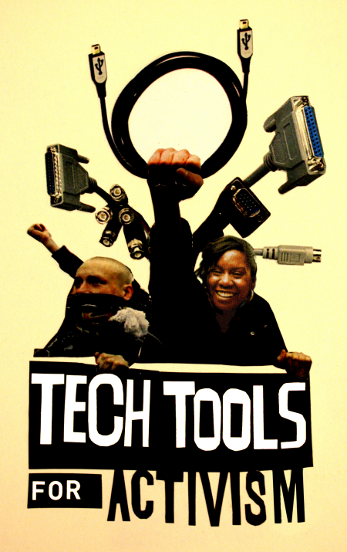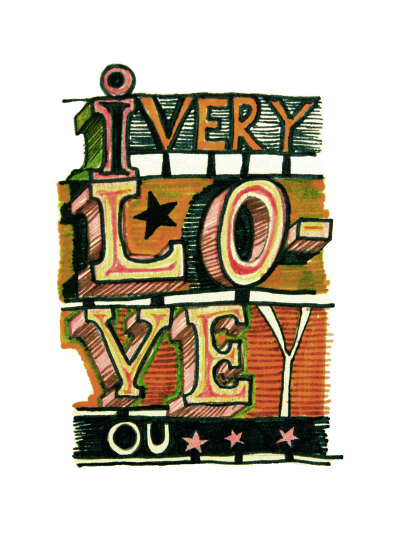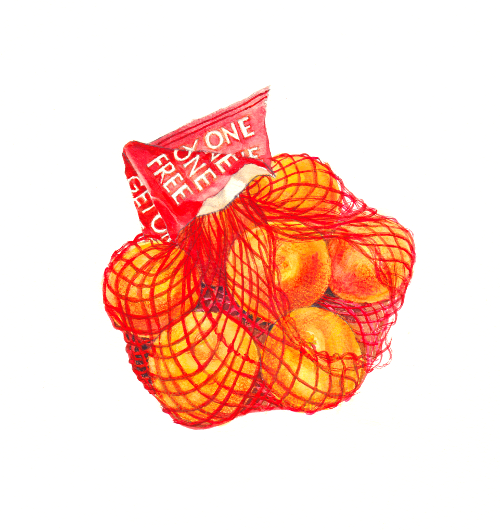User:Eleanorg/Journal 2.1: Difference between revisions
No edit summary |
|||
| Line 13: | Line 13: | ||
===book binding=== | ===book binding=== | ||
'Neckoracle' - fortune cookies & sacred string http://t1.gstatic.com/images?q=tbn:ANd9GcQmZUoajIEqj51ySnGp21Ewhl2ApXZTHKBB9z3qpIq6hk2NqWqc | 'Neckoracle' - fortune cookies & sacred string <img src="http://t1.gstatic.com/images?q=tbn:ANd9GcQmZUoajIEqj51ySnGp21Ewhl2ApXZTHKBB9z3qpIq6hk2NqWqc" /> | ||
==23 Sept== | ==23 Sept== | ||
Revision as of 11:33, 26 September 2012
26 Sept
Narrowing my focus on subject-matter: the ability to copy/mimic/repeat as the basis for either:
- liberating/anti-individualist consensual democracy
or:
- alienated repetitive labour.
Have realized doing the first couple of prototypes that the content of this repetition/labour has to be site-specific, ie relevant and important to the group of people participating. Want to move back into doing more 'located' projects with small groups of people with shared interests. This way you get beyond the blank canvas/lowest common denominator of anonymous online participation. Q: how to incorporate this meetspace type approach into Radical X's interest in online space? Or: why is Radical X online? What is important about this, what benefits does it bring, what aspects of the internet are relevant to its projects?
LUX
Deciding how to use the space of this 'retreat' style residency. I like the idea of doing a small-scale book production experiment, from start to finish. The book will be a documentation of the residency, to be distributed to all participants. It will be made up of content generated through these collaborative/'consensual' exercises I've been researching. A model for book production that could be replicated by Radical X.
book binding
'Neckoracle' - fortune cookies & sacred string
23 Sept
Thoughts on deploying transcription prototype:
- one person thought it was a Captcha.
- * captcha results in sanction if text not copied verbatim - could a social equivalent exist? 'password' in the traditional sense, of signifying membership of a club - requiring an incantation
- * what is the implication of a Captcha with no sanction attached/ no 'wrong answer'?
<< tension/choice between forcing ppl to follow party line, or letting them deviate. what is the consequence of each?
- what to do when all are complete?
- forgot to allow for all transcriptions being done in my script so got an error. Interesting - why should it stop accepting new transcriptions when they've all been done? What about a rolling transcription where each image can be re-transcribed afresh?
- Typical responses to user input
- Exactly the same two types of responses as I've had with other 'user input' projects: 1. serious thoughtful contributions based on the content 2. 'wiki war'approach < testing/having fun with limits of the application, not the content. What is it in the interface that invites these two types of responses?
Photocopied editions is more of a general 'open source' project - many variations from one original. Doesn't make clear enough link to the issue of reproducing others' work, and what your stake in that is. Transcribing exercise is more clear as there is obviously the option to transcribe verbatim or not, with an implied expectation that you will copy it exactly. Importance of how the exercise is framed/introduced. Need to introduce a clear motive to participate & conflicting motives between faithfulness & deviation.
workshops
been wiki-stalking Dave; I like his idea of research-oriented workshops / workshop participants as guinea-pigs. Remembering LiWoLi workshop and thinking how to improve upon it. People deconstructed a symbol of authorship, but we didn't really talk so deeply about their own feelings of making, or force them to confront their own boundaries about authorship in the making. How could I design a workshop (eg for LUX) that would give ppl the opportunity to confront these boundaries and discover where resistance lies?
21 Sept
thoughts while making transcription prototype:
- why should images be of printed-out texts? This implies they were once digital so doens't make sense. should be hand-written.
- handwriting also introduces element of UNintended 'human error' - illegible handwriting etc
- how to get ppl to do it? Asking formal favour with known people probably makes them 'behave themselves' and do it properly. How to encourage/allow for deviation?
- link to 'digitization' more generally - libraries, archives scanning old books etc
- link to manual work - do workers consent to/endorse the things they produce? << alienation
- aesthetics of handmade stuff - I'm deliberately tearing/smudging etc to emphasise non-digitality. Why?
- incomplete sentences relate to the isolated pixels of Dissolute Image, intrigue of not knowing what you're contributing to - games like cadavre exquis where you don't see the whole until the end
20 Sept - l*88rrr**~
Read this on sources of the desire to self-publish: http://www.afterall.org/online/7239
Conditional design:
- use rules as constraints to get beyond individuality
- experiment with surrender to Other through rules
- visualise social principles - make them into codes for drawing
- Q: what are some basic principles of my practice? How to visualise them?
Crowd-sourcing has become advertising gimmick (Eg http://roelwouters.com/one-frame-of-fame) - appearance of democratic participation; 'open work' in the most conservative sense. But there is a substantial difference between giving rules in order to create a unified whole (Aaron Coblin et al) and using rules to set up certain social situations << this is much more interesting.
self-publishing not as self-promotion but as space for tactility/encounter with others. self-publishing against single author/single distributor/singular reader. multiple beings/incarnations/etc etc
20 Sept
Democratic artworks
A collection of projects that involve an element of 'democracy' in their creation - ie, including the voice/s of more than one creator. Comparing different models of 'user input'/collaboration/aggregation - from hierarchical curation all the way to unfiltered amplifier of crowdsourced content.
 >> Platform as neutral, unfiltered amplifier of public input
>> Platform as neutral, unfiltered amplifier of public input
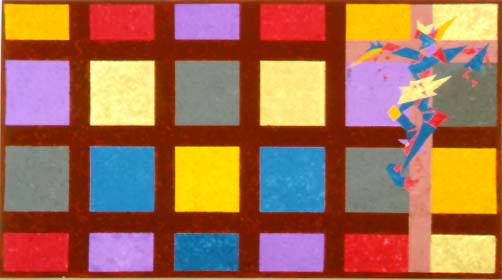

>> parody on the idea of voting leading to a coherent consensus, in visual form
 >> disparate fragments brought under one roof to create a totality. Relies on curation/filtering to become coherent.
>> disparate fragments brought under one roof to create a totality. Relies on curation/filtering to become coherent.
 >> nice approach of letting autonomous works form a collection via a common theme
>> nice approach of letting autonomous works form a collection via a common theme
 >> Problematic hierarchical curation hijacking 'democratic participation' discourse. But nice model of production - all in one room: interviews/print
>> Problematic hierarchical curation hijacking 'democratic participation' discourse. But nice model of production - all in one room: interviews/print
<iframe width="560" height="315" src="http://www.youtube.com/embed/viF-xuLrGvA?rel=0" frameborder="0" allowfullscreen></iframe>
Mass Labour
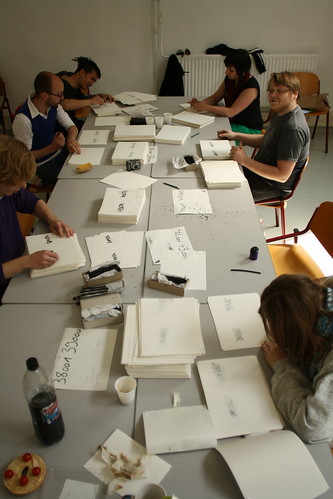 >> Roel Wouters' 2009 hand-numbered PZI catalogue.
>> Roel Wouters' 2009 hand-numbered PZI catalogue.
Roel Wouters // conditional design
Proposal for an activity: From http://conditionaldesign.org/
Construction of the Frame
Participants: In our case we were three people - Jonathan Roel and Luna. Every participant gets another participant appointed as a partner. Lead a conversation. During the conversation the partner has to note (in a text document) one word from each sentence of his 'master'. He is supposed to note the words that he finds interesting, specific or remarkable in some way. The notation will say something about both - the one noting the words as well as the one who speaks.
Conversation: Speak about "What do you think Conditional Design means to other people." The conversation should last ca. 20 - 30 minutes. At the end of the conversation each participant has a list of words he used noted by his partner.
Playing with the Frame:
Exchange the list of words you just created and take a list of words of someone else. Start anoter conversation with a topic that is close to you. When you speak use at least one word of your list per sentence. Use the First Step: The first player draws a line. The other players draw a line that goes over and under the last drawn line.
Knots
Technique for collaborative drawing
In Turns: The player elongates his/her line on both ends. The elongations have to go over and under a line of another player and may not go over the line of the same color twice in a row. When a line can no longer be elongated, it is considered dead for the rest of the game. When both ends of a line have died, the player may place a new line.
"Vitruvian Paint Machine"
>> nice variation on 'mic check' where artist becomes 'programmed' by others. Experiment with possbilities here of giving instruction/surrender to Other
Luna and Edo developed the Vitruvian Paint Machine for Take on me (take me on) an alternative production factory 17-25 october 2009, in the Van Abbemuseum, Eindhoven.
The Vitruvian Paint Machine invites the visitors of the Van Abbemuseum to use Luna and Edo as a vehicle for mural paintings, in accordance with several specific rules. These rules are all based on the proportions of the human body and the interaction with the visitors.
The visitors were asked to influence the painting by choosing one of the four colors: blue, red, green or black. The choosen bucket of paint had to be placed on top of a pillar. Luna and Edo then used the color to execute the according code.
Code to be executed by two painters on two ladders
COLOR RULES
If you you've been assigned a new color by a visitor, use the new color and its rules. Otherwise continue with your current color. Use the thin brush when there are 3 or less visitors in the room. Otherwise use the thick brush.
{{#ev:vimeo|4186304}}
we went to the beach
>> Straight from 'A Communications Primer' - feedback keeps crowds organized etc. Beautiful visual experiment {{#ev:vimeo|5311402}}
letting the manifesto speak through copic markers

Instructions:
Write the sentence from the manifest from 1 to 17 according to the number you're given Write it with the according marker: the more you are sure of the words, the fresher and darker the marker you choose. If you are unsure, use a dry or light marker. All markers have to be used once. Go in rounds.
19 Sept
Read this on post-digital print: http://www.baltanlaboratories.org/?p=3773
18 Sept
Trying out my first paper prototype on Jasper. I mocked up a quick loose-leaf 'catalogue' of last year's work and asked him to make a second copy of it using the photocopier, saying he could alter the order or content if he wanted. time-limit of 15 minutes.
Thoughts while making:
- who chooses source material?
- does source material need to be 'democratically' chosen?
- ideally it would be crowdsourced - outsource the responsibility!
- specific instructions needed (& time limit helped too: "make a copy of this document in 10 minutes")
- content needs to be readily understood/relevant to audience (Eg at PZI, 'first year' catalogue images already familiar - can be quickly edited to taste)
- what is the motivation to make a copy? << ideological is nice but maybe financial too:
- "make a copy of this and sell it yourself" << micro-economies (Q: how does this relate to ideological budget cuts/"small state"/DIY labour?)
16 September
Blog post about 'Various Fires in Publishing' here: http://eleanorg.org/blog/vf
15 September
Interesting talk today @ Witte de With on self-publishing.
Most interesting q that came up was the irony of self-publishing supposedly being about resisting media monopolies, but without a readymade distro network you need to use FB to distribute - thus relying on/reinforcing media monopoly. Rob from Fucking Good Art seemed not to have much patience with this dilemma, being happily old-fashioned, talking about distributing through the networks of its writers and friends.
How many people need to have read something before it can be said to have been distributed? It's a matter of scale I guess, from total failure to roaring success, with vast grey zones in between. They were talking about the conscious turning-away of artists from hi tech and its parallels in networks like Path https://path.com/ - yuppified Facebook limited to 150 friends.
Interesting themes...
AND:
- Clash of DIY ethic/intention with DIY projects' reliance on FB for distro/marketing
- how then to create a meaningful r'ship with reader outside of the mediation of a shop (or FB)?
Marit Munzberg (LemonMelon):
- annagrammatical books/practice - rearranging, merging
- book as a verb or 'conceptual space'
- publishing = creation of the public > thus what is publishing's political role?
- can a book be a library? (link to dissolute img)
Rob (Fucking Good Art):
- Paper & bicycle/ network of friends distribution model
thoughts
Relevance of print publishing to digital dilemmas - especially the problem of distribution & promotion. Would be good to tie these things more closely together - for example, I like AND's Piracy project where people have to commit to printing a book themselves, thus 'bringing it back into print' quite literally. Strong link here to dissolute image & distributed hosting, where you outsource the commitment to promote or adopt something.
Also like the real-time book production, quickly printing screengrabs & pirate pad jottings. No fuss, just print & staple as quick documentation. experiment at LUX with these provisional ways of assembling stuff, gather things online then print them quick.
4 September
"Consent" The nights are drawing in, long sunshine, and yr 2 yr 2 yr 2 almost here!
Want to explore the idea of 'publishing' in a more focussed way. Over summer I've been making a book, a thing with staples in to make money by selling to people, and this question keeps coming up. Self-publishing, vanity publishing, print-on-demand, 'actual' publishing - I've never really understood what the difference is between putting ink on paper, and "really" publishing something. Maybe it becomes 'real' publishing when you add distribution into the equation?
Question: what is the difference between creating, disseminating, and publishing?
Why do people in the "age of the interweb" still lust after book deals? Not just money but a sign of success. Keep blogging and you could be the next EL James. What exactly is agreed upon in these book deals? Copyright traded for cash, printing + distro?
I've been reading those books they give to pre-teens about "growing up". Keeping it in your pants is mentioned a lot; consent, not so much. Always been a vague ambition to write one of those things. I mean, publish one of those things. How to do so in a consensual manner: Play!Fight! minus centralized control?
Been learning jQuery; images & text responsive to scripts, to distant events, to real objects. Easy to do on the internet, but how to do print publishing which is for want of a better word - ouch - "interactive"? ....why ouch? ---> trivial tokenistic participation; the 'open work' already designed & signed by the original author (oh yeah there's that thing about authorship again).
So actually yes the 'open work' -- touched on this in my dissertation; open work not really open, who gets the by-line at the end of the day?
How to integrate PZI coding into print media. Talk to OSP. Look at Fluxus kits and all that. Interactive books (As precursors to video games). And video games as precursors to...? What place now for "choose your own adventure" books? Thinking of factories and Florian, methods for making stuff.
What next:
- Get examples of "interactive" print media
- learn how e-publishing works
- learn how print on demand works
2 Aug
Dissolute Image: appending image attributes with jQuery to allow incremental page-load: http://ox4.org/~charlie/image_block.html
1 Aug
Summer!
And what do I do when I get out of school; I make papier mache obviously. And here I was about to run off to a commune in the hills to make papier mache happily ever after, when I remembered the things I made in the first trimester here and how there could be some link between:
HANDMADE IMAGES and THE INTERNET
my dirty secret
good at this point to come clean and see what happens when the world of beautiful objects tries to fit into the world of PZI geekery. This is what I get up to in my spare time:
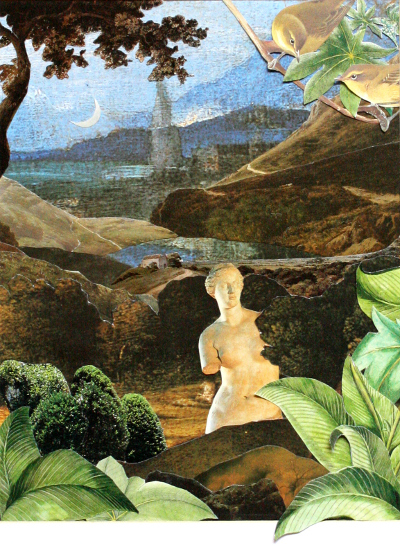
Yes I made that last one with a paintbrush.
networked graphics
There seems to be some irreparable divide between the joy of making stuff with paper + glue and the cold hard world of code. Unless you go down the road of Arduino joy obviously. But staying within the browser: all the time at PZI I've been buzzing like a reluctant bee around this question of how images could be made porous and responsive. Maybe here there is a way forward that could start to heal the chronic split between my love of drawing + handmade messiness and my curiosity about programming.
Consent
"Consent", my proposal for a magazine with responsive content - thus democratically curated - is in the same vein here. Images fade out when they are unpopular, etc. Similar to the traceroute project where the appearance of a thing corresponds to its location. I think the way forward is to get to grips better with jQuery, and use it for a few illustration projects.

